Securing a Future for the White-Backed Vulture
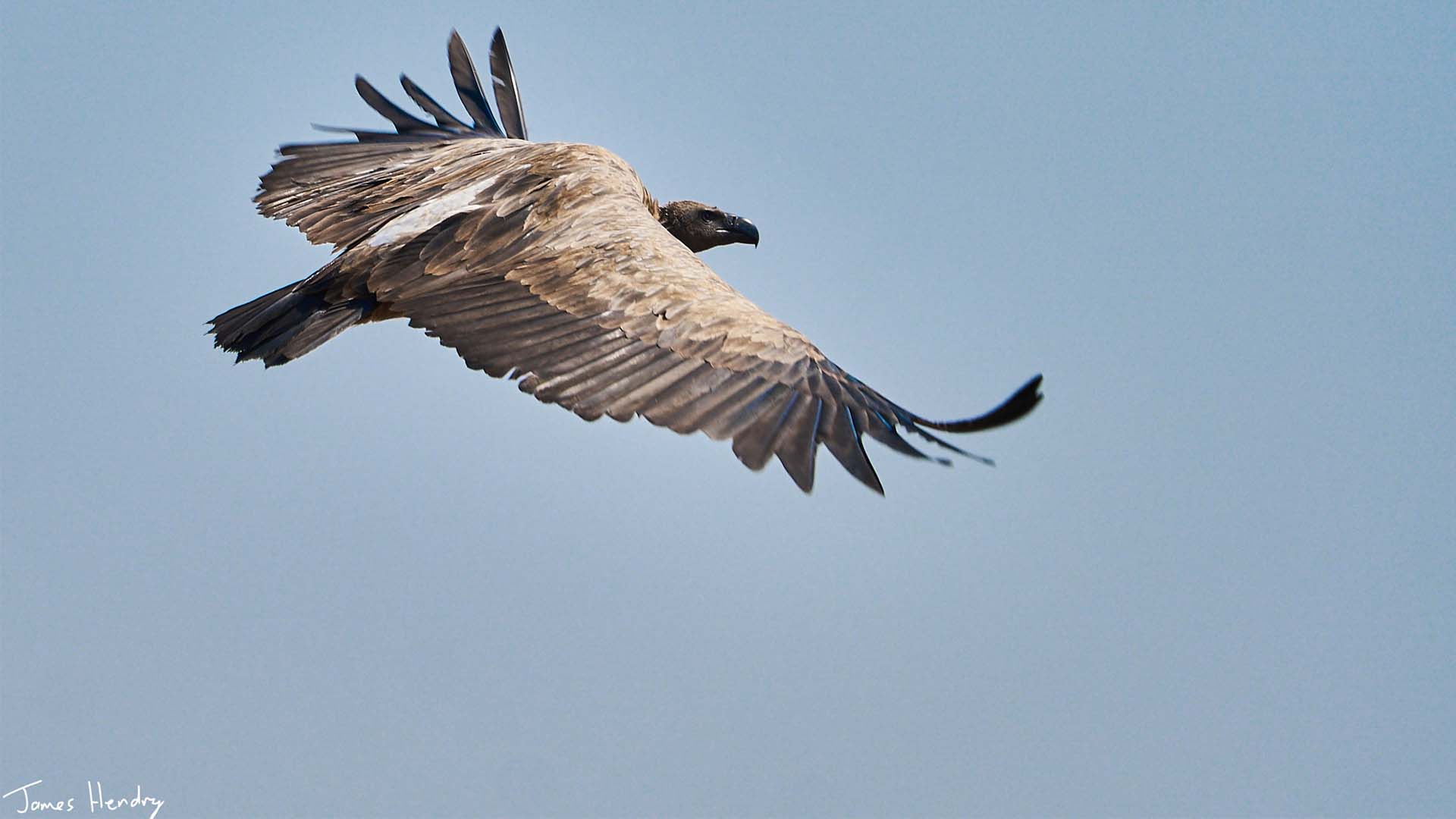
It is probably fair to say that vultures are an acquired taste. For these avian scavengers are not blessed with the regal bearing of an eagle, the vibrant plumage of a lovebird or the melodious voice of a robin. They don’t hold a particularly illustrious reputation in human culture and fable. Rather like the spotted hyena, vultures lurk on the periphery of our stories—never the hero, ever the harbinger of doom, presiding over death and decay.
Indeed, vultures are often viewed with general distaste.
All of these impressions of vultures are, of course, nonsense. With their brilliant eye sight, exceptional navigational abilities and mastery of the heavens, vultures play a vital ecological role. They are, as the cliché goes, nature’s clean up crew. With their frighteningly high-acid digestive systems and ability to spot death at astonishing distances, vultures remove potentially toxic nutrients and diseases from nature so that the more genteel of her creatures can live healthier lives.
Facts About Africa’s White-Backed Vulture
African white-backed vultures are the most common of Africa’s 11 African vulture species and they’re having a rough time. They are critically endangered with an estimated 270 000 individuals left worldwide. This represents a decline of between 75 – 90% in just three generations (55 years).
Read More: Destination Diamonds: Discover Tips for Visiting South Africa
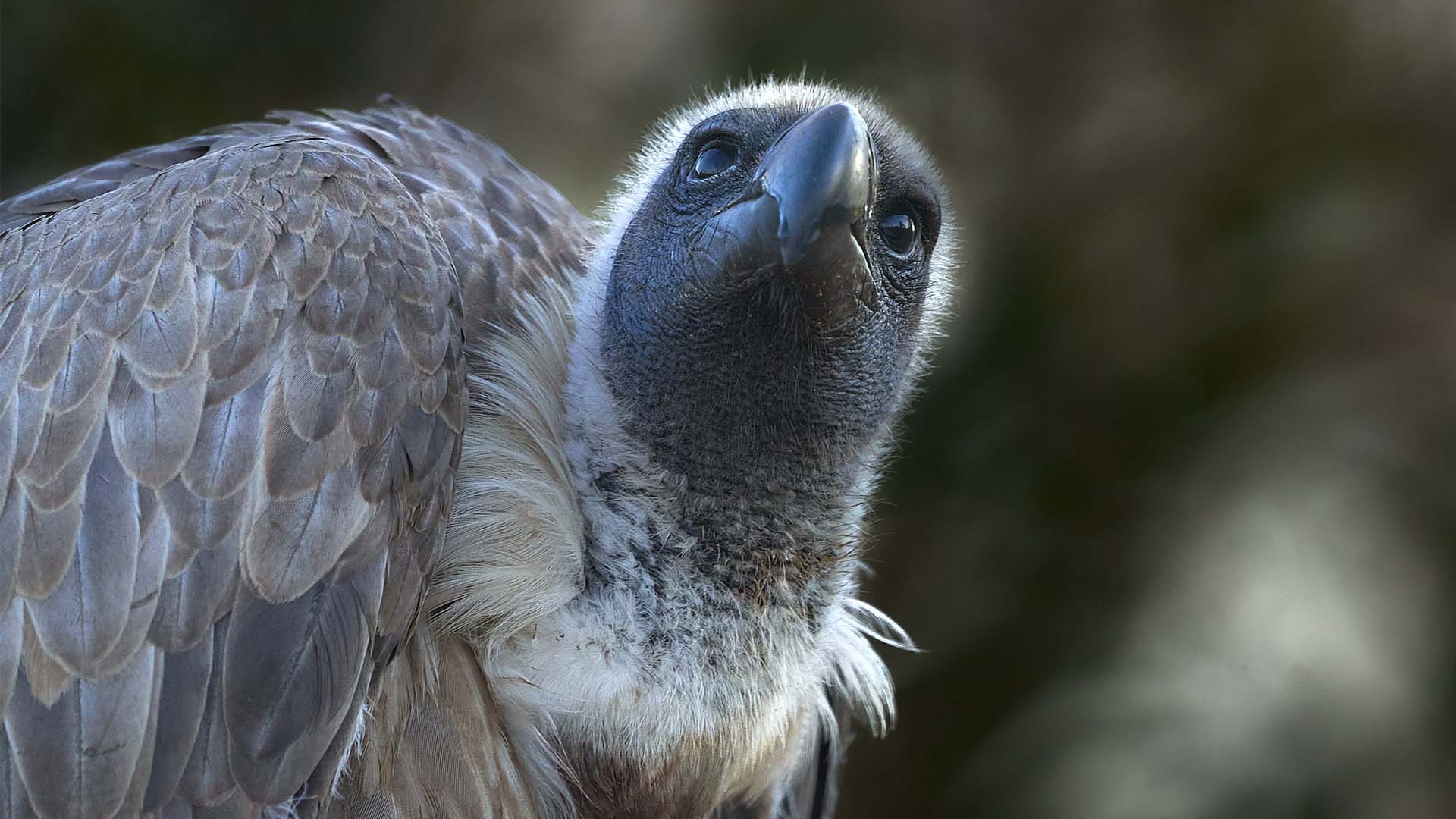
The threats they face are manifold with very few simple solutions and include: habitat loss due to agricultural expansion (this destroys nesting sites and decimates populations of wild herbivores, the white-backed vulture’s primary food source); the market for vulture parts (these are used extensively in traditional medicine and poachers can fetch a tidy sum for dead birds); and lead poisoning (a result of scavenging on animals shot with toxic lead-based bullets by hunters or culled by farmers). Unsurprisingly, the most immediate problem for vultures is human beings.
Fortunately, the plight of the white-backed vulture is not being ignored. Indeed, there are a lot of organizations actively working to bring this under-rated, fascinating and vital bird back from the brink.
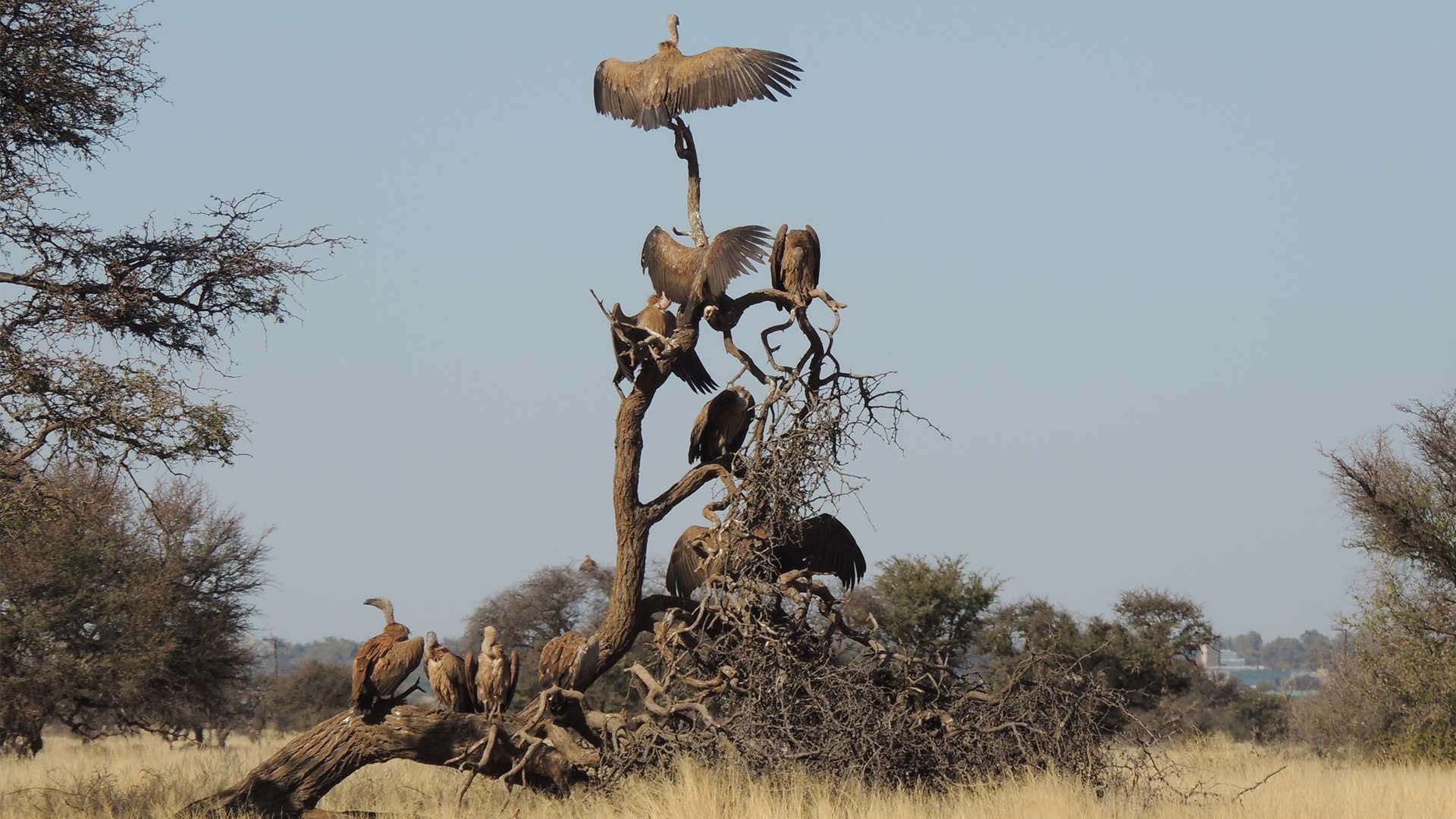
Dronfield Nature Reserve and De Beers
One of these is diamond company, De Beers, which now owns more than 200,000 hectares of land purely for conservation—for every one hectare of land used for mining, De Beers owns and manages six hectares under conservation. The eight De Beers reserves are in a network called the Diamond Route and the company employs more than 100 people in conservation and research work on the Diamond Route properties. These include some of the oldest protected landscapes in South Africa.
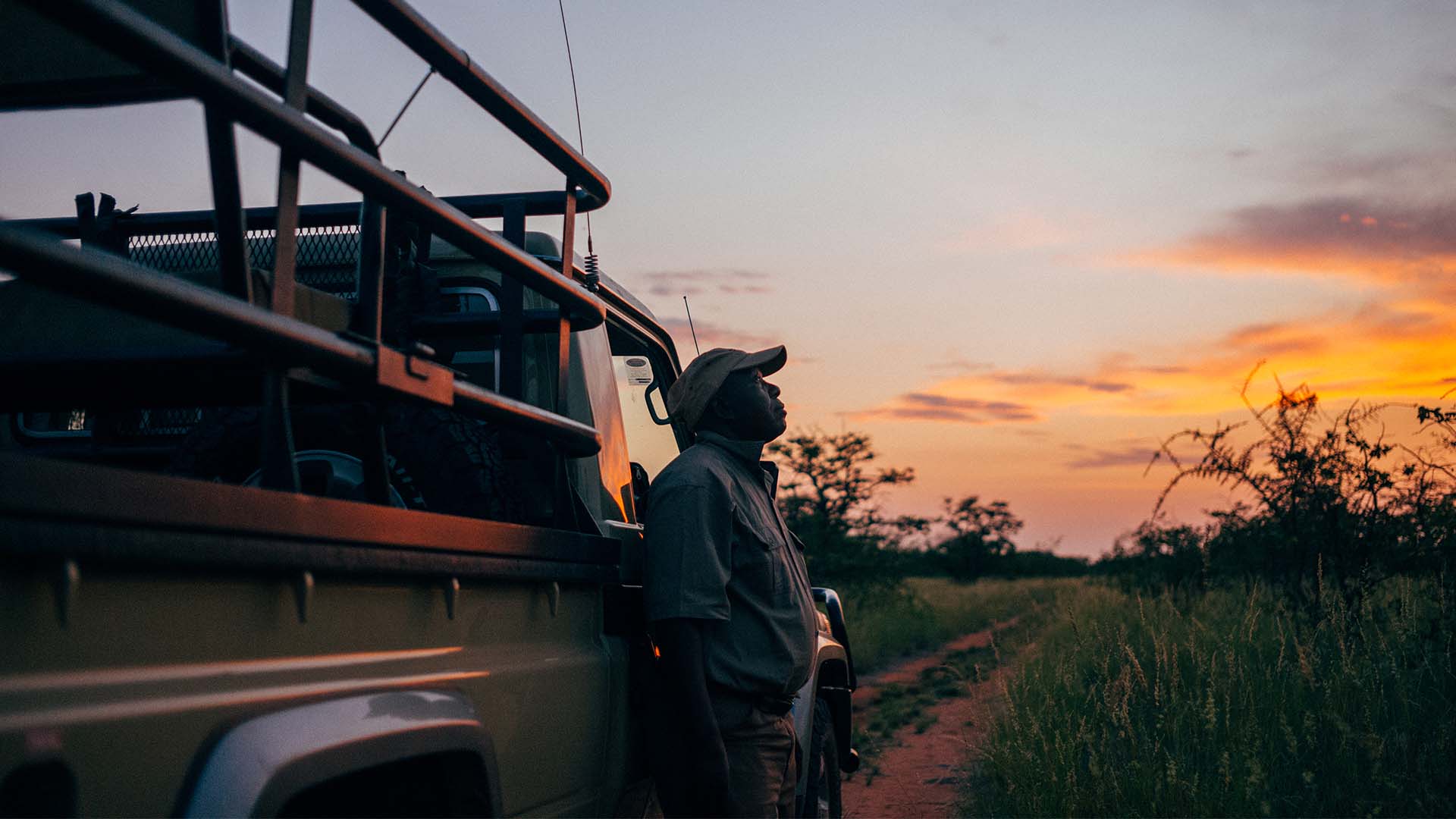
The white-backed vulture’s recovery is a major part of De Beers’ holistic biodiversity conservation and research activities. Dronfield, an 8,000 hectare nature reserve owned and managed by De Beers near Kimberley in the Northern Cape of South Africa, is at the center of this research. The reserve is a pristine area of Kalahari woodland and, as such, provides ideal nesting sites for white-backed vultures.
White-backed vultures were first recorded in the area in 1965 (why not before that is something of a mystery). Since the 1970s, there has been continuous research conducted in the area. The current research regime has run for the last 29 years under the guidance of BirdLife in South Africa.
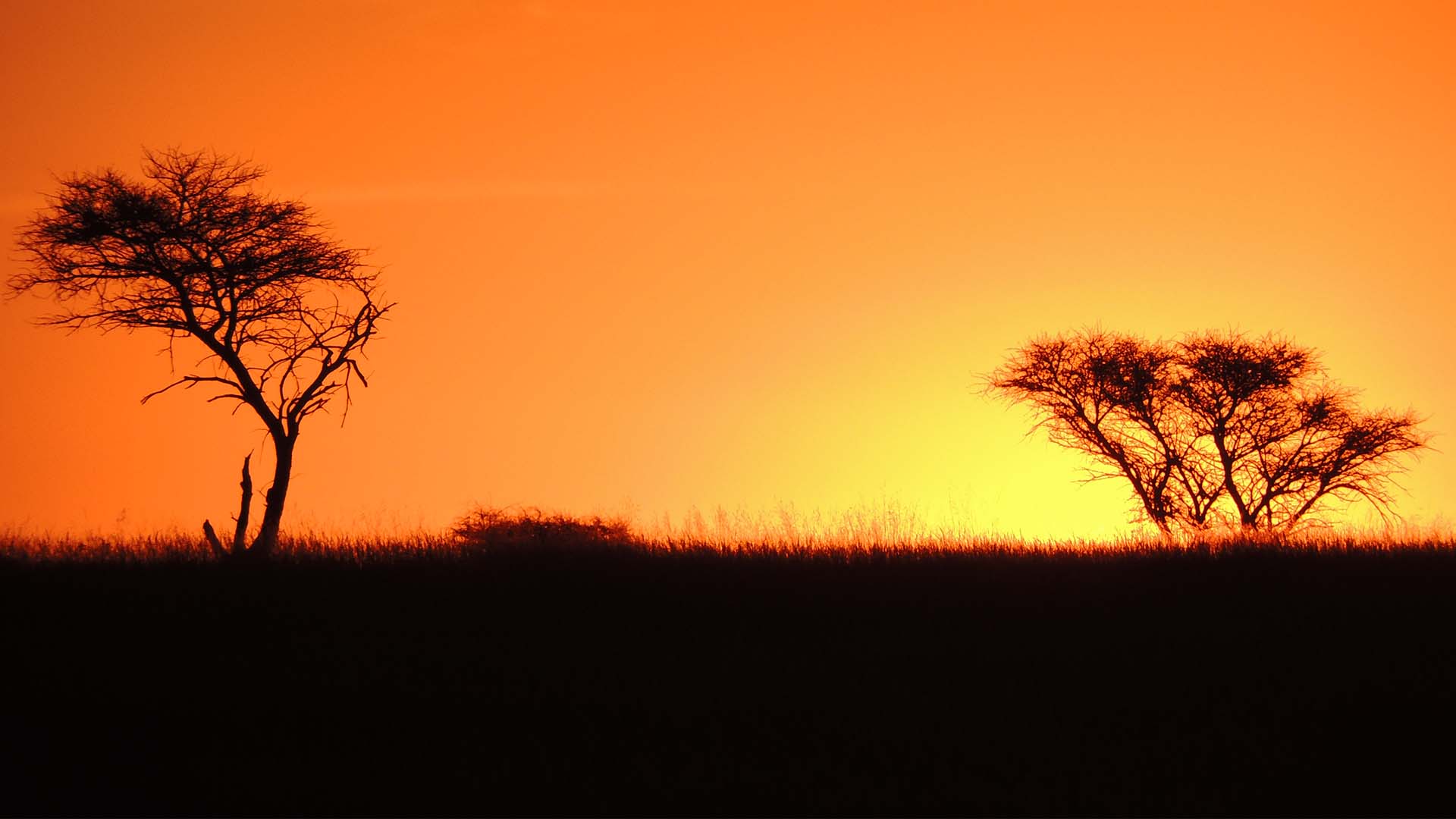
In broad strokes, the program works as follows: Towards the end of the nesting season when the chicks are large enough, a brave researcher climbs the nesting trees. While the parents look on, the researcher carefully scoops the chick from its stick bed lined with grass, pops it in a basket and lowers it to the ground. Here, within minutes, the little bird is measured, weighed, pricked for blood, tagged (on the wing) and ringed (round the leg) and then returned home. The tags and rings help to plot the dispersal, distribution and social lives of the vultures as they fledge.
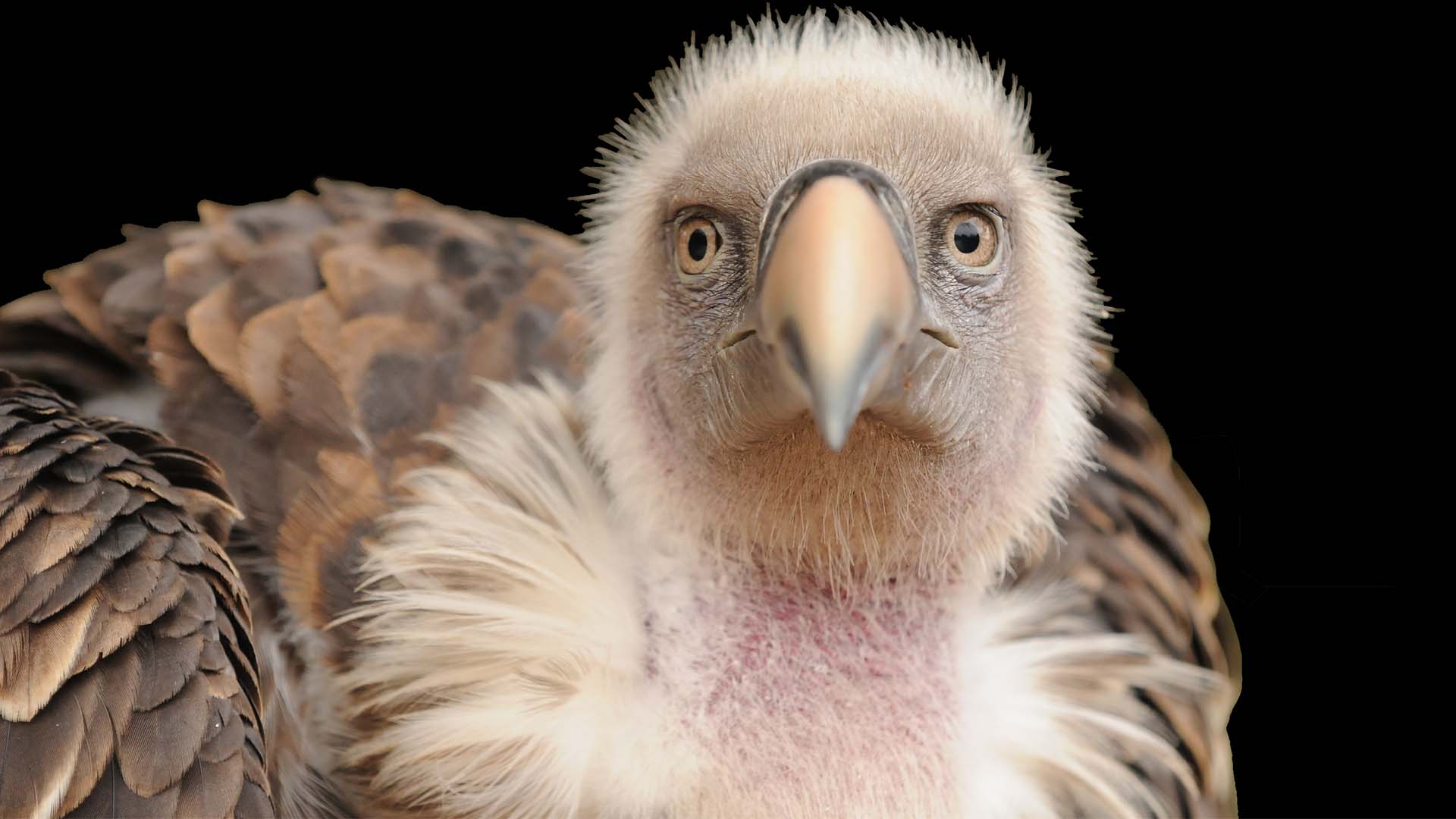
Success Story: White-Backed Vultures in Dronfield
There is so little good conservation news in the world these days, yet the white-backed vulture’s story on Dronfield bucks this trend.
A 2018 study estimated a total of just 397 white-backed vultures in the Masai Mara National Reserve, Kenya, with 97 breeding pairs. This is a density of about one breeding pair per 1500 hectares. One would expect that an area like Dronfield, which is in the arid Kalahari, would have a far lower density than this given the dry conditions. It is therefore somewhat astonishing that Dronfield now boasts a vulture population of more than 100 breeding pairs, which amounts to a density of one breeding pair per 80 hectares. Clearly, this is a major success story for this maligned but crucial bird.
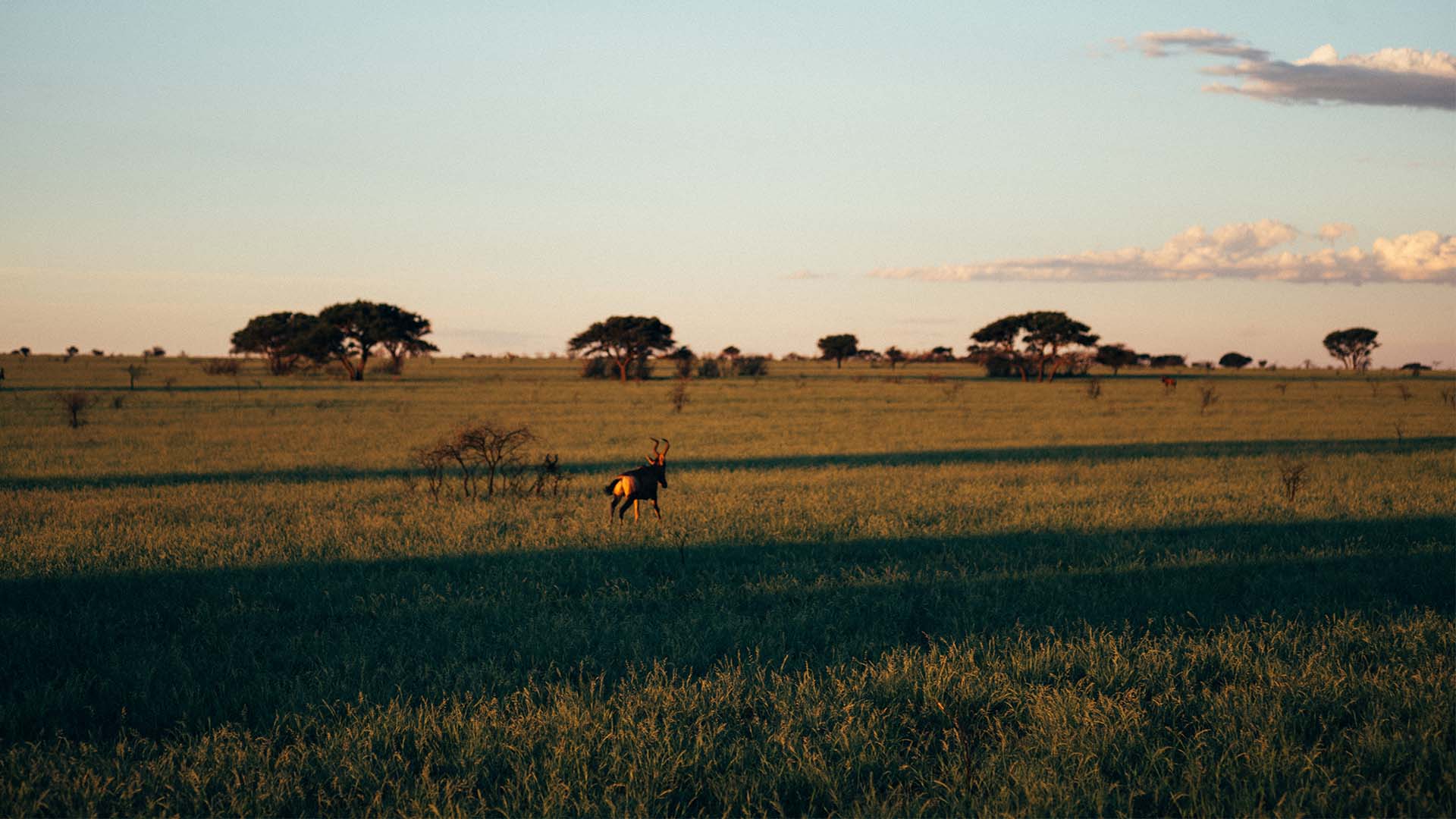
Why are the vultures doing so well on Dronfield? Well, there are probably lots of reasons, some of them fortuitous and some the result of sustained hard work. First off, there is little competition from large mammalian carnivores (lions, spotted hyenas, etcetera) to finish off carcasses before the vultures get to them. Secondly, the Dronfield woodland is in a pristine state, offering a huge number of potential nesting sites to the birds and there are no large browsing herbivores that hamper tree recruitment. Lastly, Dronfield is a protected area so there is ample food to sustain the birds; any animals that die on the reserve are made available to the vultures at a feeding site.
The vultures breeding on Dronfield have been monitored for nearly 30 years, as part of one of the longest and largest studies on white-back vultures ever conducted. As a result, there is an excellent understanding of the optimum conditions required for breeding. The reserve has worked hard to ensure these conditions continue to be met.
So what does this mean for white-backed vulture conservation? Well, quite a lot actually. Immature and juvenile Dronfield birds have been noted as far afield as the Zambezi region of Namibia, the Kruger National Park and parts of Botswana and Zimbabwe. Older birds have been recorded dispersing to breed in existing colonies, and establishing new colonies within the greater Kimberley district. It would seem that Dronfield is acting as a population stronghold for these vultures.
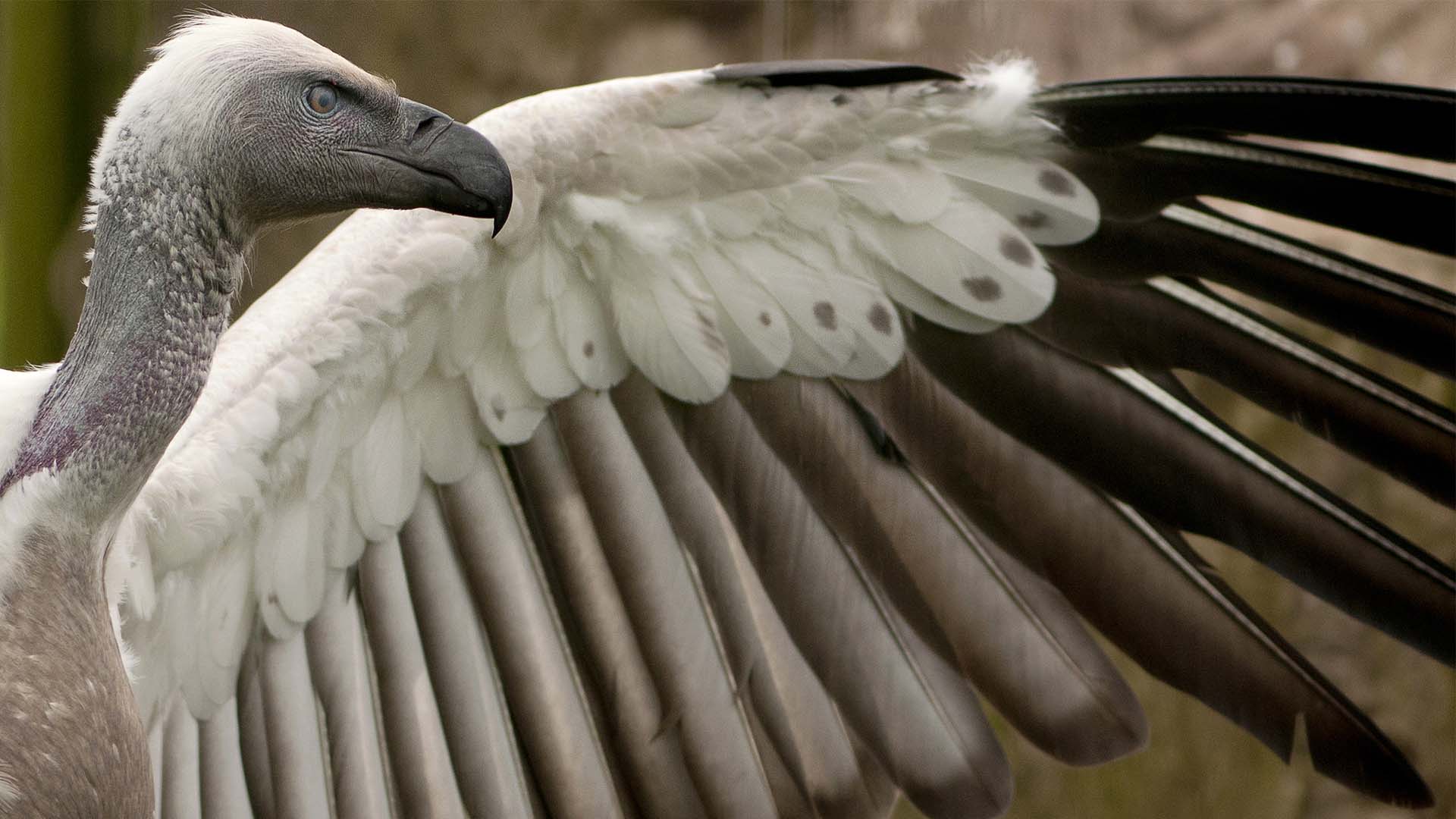
The Future of the White-Backed Vulture
What does the future hold for the white-backed vulture? At this stage, for the species as a whole, things do not look good. That said, the Dronfield project is a bright beacon in an often dark sea of conservation tragedies. In Dronfield Nature Reserve, De Beers has created a safe haven for the white-backed vulture (and many other species). Here, the birds can breed in complete safety and constitute a population repository for this critically endangered and vitally important species.
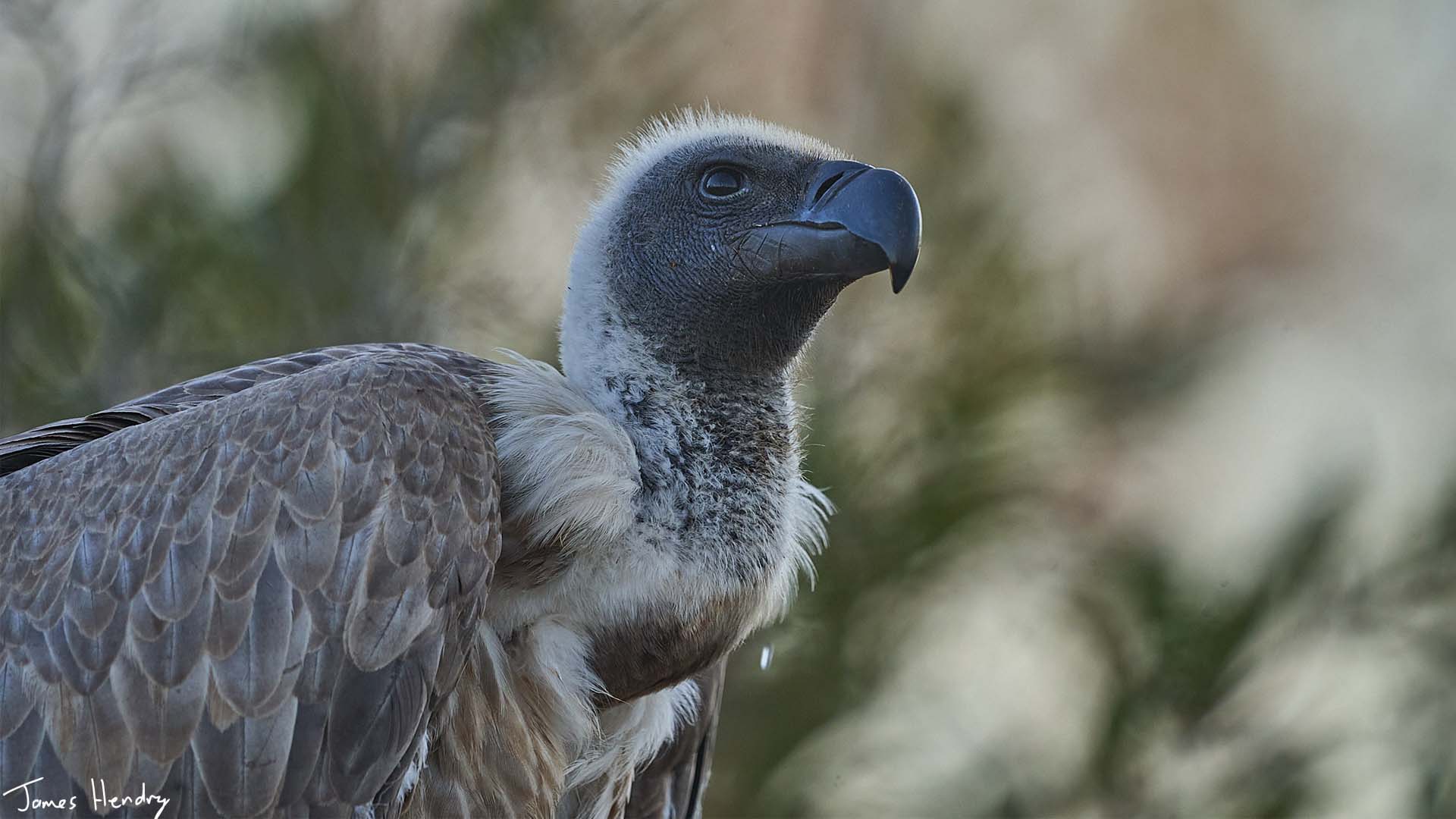
From a research perspective, there is still much to be done. The hope is to understand far more about the dispersal of the vultures by continuing to tag fledglings and, in so doing, track their movements. There is a push to better understand the population dynamics on Dronfield itself by tagging free flying birds and monitoring their movements, breeding behavior and localized social behavior.
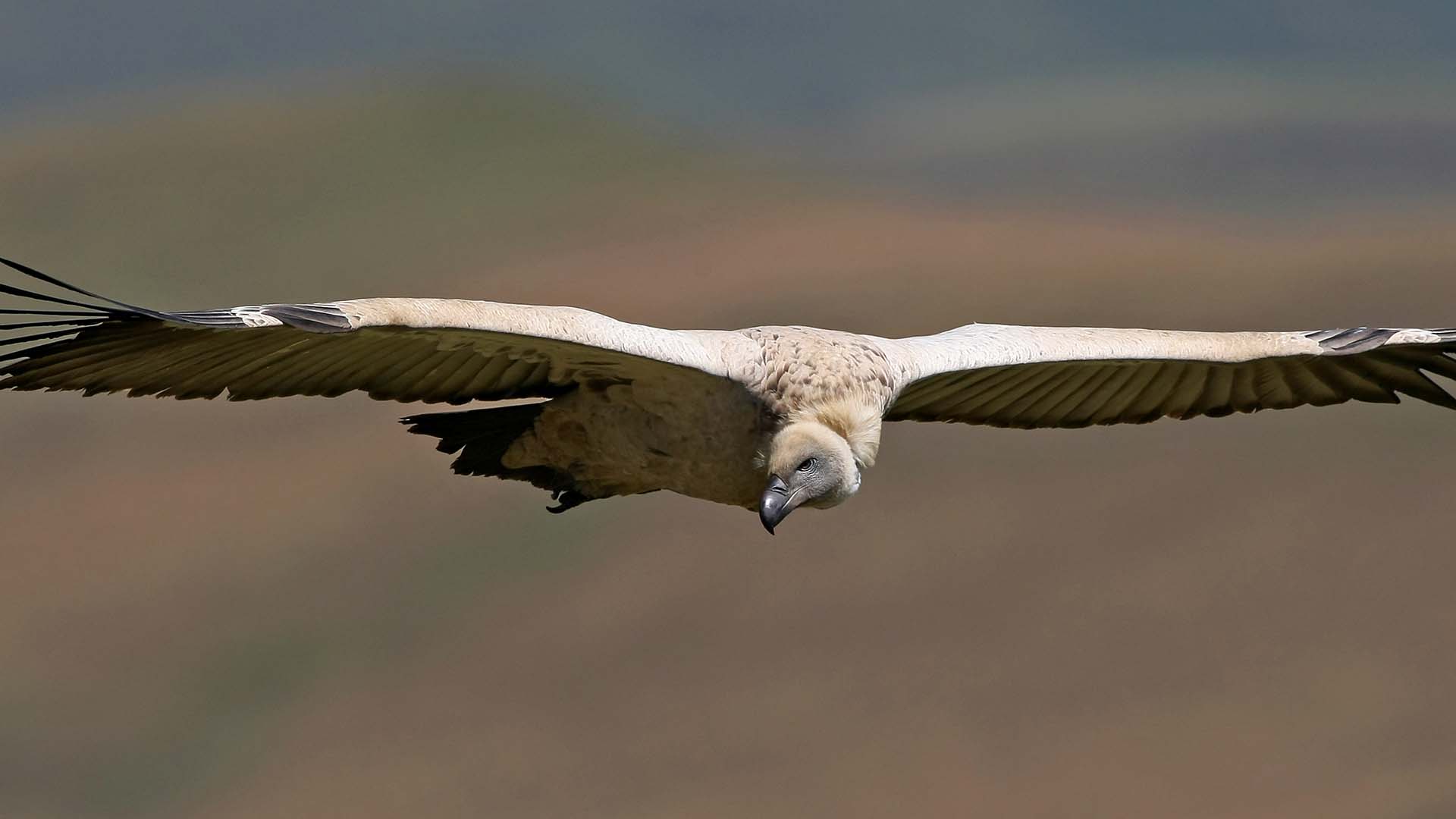
The next time you find yourself in a wild African landscape, cast your eyes to the endless blue vault. When a vulture soars high overhead in search of its next smelly meal, take a moment to appreciate its critical importance to all of nature.
